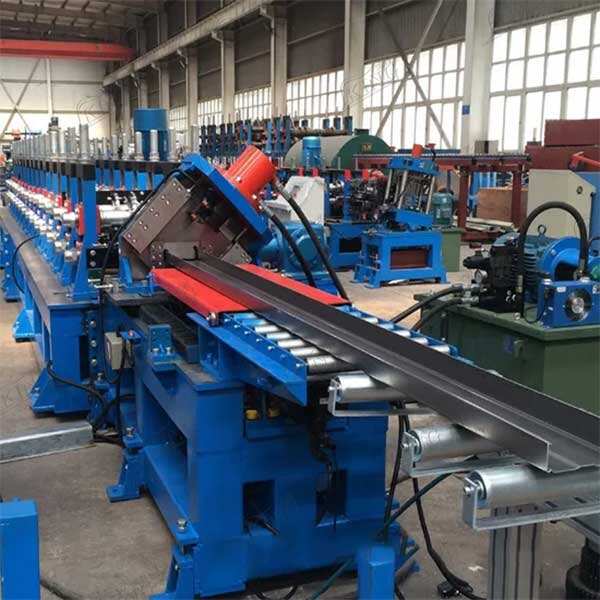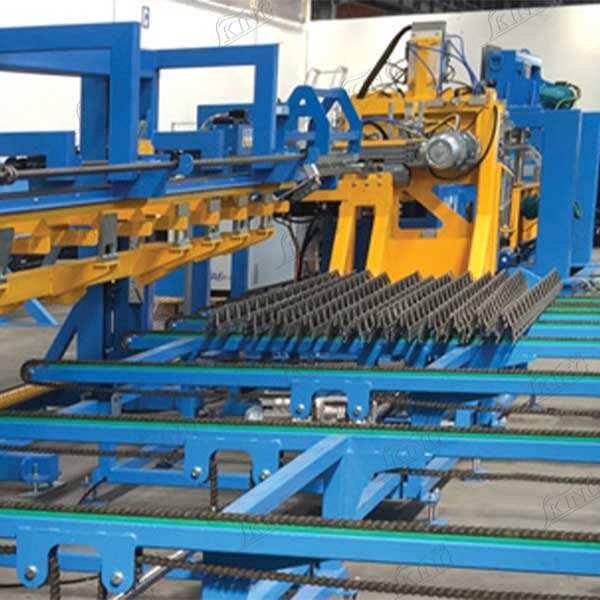vertical esw
The vertical ESW (Electronic Solid Waste) management system represents a groundbreaking solution in sustainable waste handling technology. This innovative system employs a vertical design configuration that maximizes space efficiency while providing comprehensive electronic waste processing capabilities. The system integrates advanced sorting mechanisms, automated material separation, and precise recycling protocols to handle various types of electronic waste effectively. It features multiple processing layers that work in harmony to break down complex electronic components into recyclable materials. The system's vertical architecture incorporates smart sensors and AI-driven sorting algorithms that can identify and categorize different types of electronic waste, from circuit boards to battery components. With its compact footprint and efficient use of vertical space, the system can process large volumes of electronic waste while occupying minimal floor area. The technology includes advanced safety features, environmental monitoring systems, and real-time processing data analytics. Its modular design allows for easy maintenance and future upgrades, making it a future-proof investment for waste management facilities. The vertical ESW system is particularly valuable in urban environments where space is at a premium, offering a sustainable solution for the growing challenge of electronic waste management.


